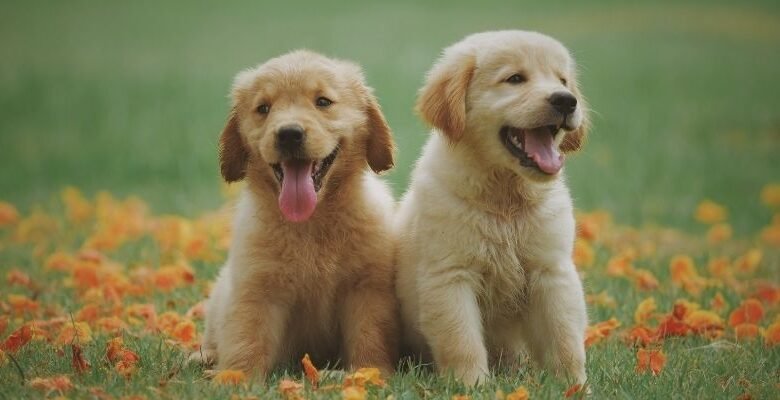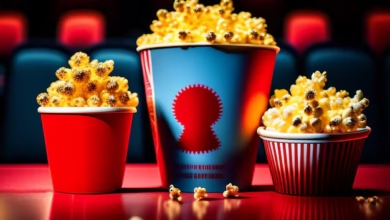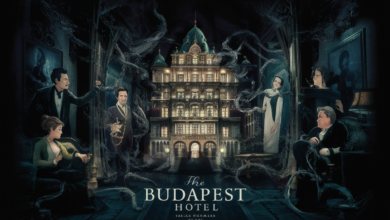Pet Photography Tips for Stunning Shots of Your Furry Friends

Introduction to Pet Photography
What is Pet Photography?
Pet Photography is a specialized genre of photography that focuses on capturing the unique personalities, emotions, and beauty of pets. Unlike traditional photography, it requires a deep understanding of animal behavior and a creative approach to highlight their character. As pets increasingly become integral members of families, the demand for professional pet photography has surged. This form of photography goes beyond mere snapshots, offering a way to immortalize the love and bond shared between pets and their owners.
The Importance of Pet Photography
Pets are more than companions; they are cherished family members who bring joy and comfort. Pet photography allows owners to preserve these cherished moments, creating timeless keepsakes. Whether it’s a playful kitten, a loyal dog, or an exotic bird, professional pet portraits capture their essence and personality. Furthermore, these photographs can serve as memorials for pets who have passed, helping owners celebrate their lives.
Who Can Benefit from Pet Photography?
Pet photography isn’t just for professional photographers or pet owners with expensive pets. It’s a valuable service for anyone who adores their furry, feathered, or scaly friends. It’s ideal for families, animal lovers, breeders, shelters, and even brands looking to promote pet products. With the right skills and equipment, anyone can create beautiful pet portraits that resonate with viewers.
Getting Started with Pet Photography
Essential Equipment for Pet Photography
To excel in pet photography, having the right tools is crucial. Start with a good camera—DSLRs and mirrorless cameras are popular choices for their versatility and image quality. Pair them with lenses that offer flexibility, such as a 50mm prime lens for portraits or a telephoto lens for action shots. Don’t forget additional accessories like a sturdy tripod, external flash, and props to add flair to your photos.
Props such as toys and treats can help engage pets, while a tripod ensures stability for capturing dynamic movements. Lighting kits are particularly useful for indoor shoots, allowing you to control shadows and highlights. Invest in high-speed memory cards to handle bursts of action shots, ensuring you never miss a perfect moment.
Understanding Your Subject
Pets have their own personalities and quirks. To create successful portraits, spend time observing your subject. Notice their favorite toys, preferred treats, and natural behaviors. Understanding their body language helps you predict their actions and create a more comfortable environment.
Building trust is key to getting pets to cooperate. Approach them gently and let them sniff your equipment. Establishing rapport not only reduces anxiety but also results in candid, relaxed photographs.
Preparing for a Pet Photography Session
Preparation sets the stage for a successful photo shoot. Choose a location that matches the pet’s personality—a playful dog might thrive in a park, while a shy cat might prefer the comfort of home. Set up a distraction-free environment with minimal noise to keep the pet focused.
Discuss the session’s goals with the owner beforehand. Whether it’s capturing playful moments or formal portraits, understanding their expectations helps you plan effectively. Keep treats and toys handy to grab the pet’s attention during the shoot.
Techniques and Tips for Stunning Pet Photos
Mastering Composition and Framing
Composition is the cornerstone of great photography. For pet portraits, the rule of thirds often works well, placing the pet’s eyes or face at intersecting grid lines. Experiment with different angles to add depth and interest. Low-angle shots can make pets appear larger than life, while close-ups emphasize their unique features.
Using natural framing elements like doorways, windows, or branches can draw focus to the pet. Creative compositions such as reflections in water or shadows add an artistic touch to your work.
Working with Lighting
Lighting can make or break a photo. Natural light is ideal for capturing soft, authentic tones. Early mornings or late afternoons provide the best light, known as the “golden hour.” For indoor settings, position the pet near a window to utilize natural light.
Artificial lighting can be used to fill shadows or highlight details. Avoid using harsh flash directly, as it can startle pets and create unflattering effects. Instead, use diffusers or bounce the light off walls to create a softer glow.
Capturing the Perfect Moment
Timing is everything in pet photography. Pets are unpredictable, so patience is your best tool. Keep your camera ready to capture spontaneous moments—a dog’s leap, a cat’s stretch, or a bird’s flutter.
Using a fast shutter speed ensures crisp action shots, while a burst mode helps capture a sequence of movements. Interact with the pet during the session to evoke natural expressions, using treats or toys to direct their gaze.
Editing and Post-Processing
Post-processing enhances your photos, turning good shots into great ones. Basic editing techniques include adjusting brightness, contrast, and sharpness. Use software like Adobe Lightroom or Photoshop to fine-tune colors, remove distractions, and enhance details.
Filters can add mood and style, but use them sparingly to maintain authenticity. Remember, the goal of editing is to enhance the pet’s natural beauty, not to overshadow it.
Advanced Pet Photography
Specialized Pet Photography Styles
Explore different styles to diversify your portfolio. Action shots highlight energy and movement, ideal for active pets like dogs. Portraits focus on personality, capturing soulful gazes or quirky expressions. Themed shoots, such as seasonal or holiday setups, add creativity and fun to your work.
Working with Different Types of Pets
Each type of pet presents unique challenges. Dogs often enjoy outdoor shoots, while cats may require a quieter environment. For exotic pets like reptiles or birds, focus on their distinct features. Research their behavior and adapt your techniques accordingly.
Building a Professional Pet Photography Portfolio
A strong portfolio showcases your skills and versatility. Include a mix of portraits, action shots, and themed setups to appeal to diverse clients. Create an online presence through a website or social media to reach a wider audience. Highlight testimonials and before-and-after edits to demonstrate your expertise.
Conclusion
Pet photography is a rewarding endeavor that combines technical skill with an understanding of animal behavior. By mastering composition, lighting, and editing, you can create stunning images that celebrate the unique bond between pets and their owners. Whether you’re a professional photographer or an enthusiast, pet photography offers endless opportunities to capture moments that will be cherished forever.




